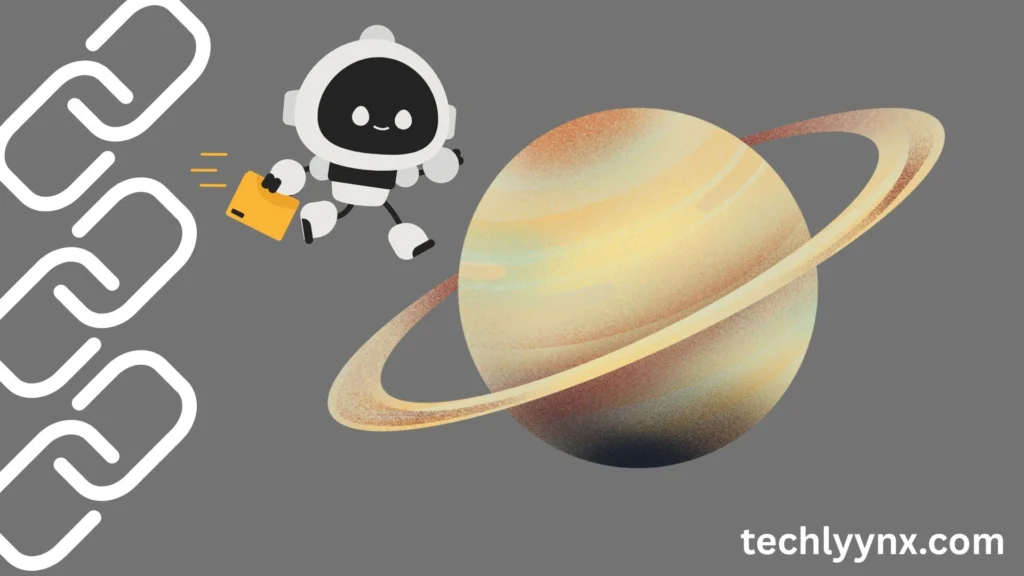In the quickly evolving world of technology, the term digital twins is no longer something futuristic. In essence, a digital twin is a real-time updated virtual representation of a physical system, process, or object. Because it mimics the real-world counterpart, engineers, academics, and companies may test concepts, forecast results, and maximize performance without affecting the asset itself.For instance, examples of digital twin can be seen in various industries — from smart city planning and aircraft engine monitoring to factory automation and even medical equipment testing.
However, the real-world applications of digital twins are what really intrigue me. Digital twins are providing quantifiable advantages including cost savings, efficiency gains, and risk reduction in a variety of industries, including manufacturing, healthcare, energy, aerospace, and urban planning.
Digital Twin Examples in Aerospace
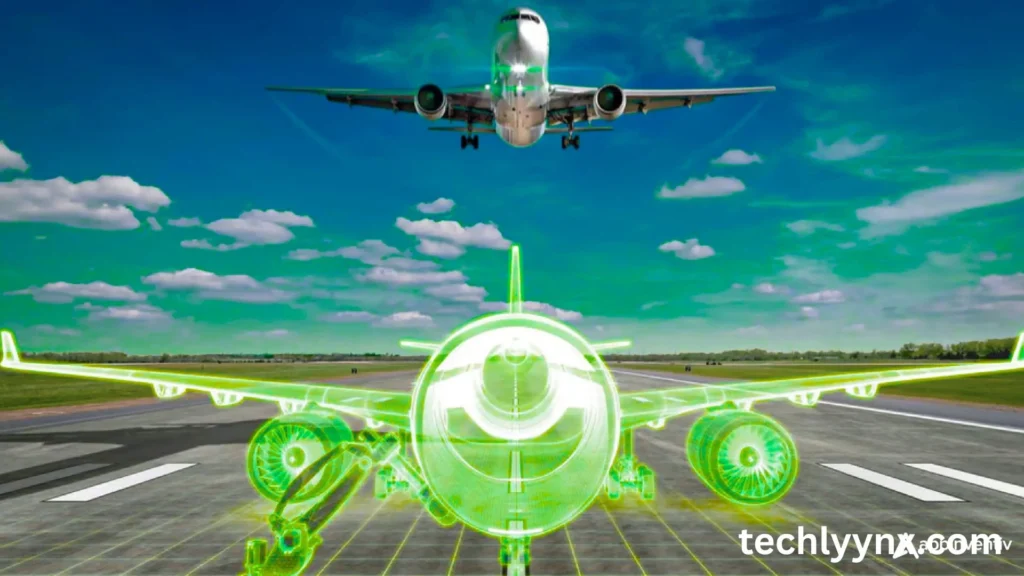
Efficiency, accuracy, and safety are critical in the aerospace industry. Digital twins are being used by companies such as Boeing and Airbus to build virtual representations of their aircraft. These models simulate how an airplane might operate in various scenarios, track wear and tear, and forecast component failures.
For instance, engineers can identify problems before they become critical by giving the digital twin real-time sensor data from the engines, wings, and interior systems. This lowers maintenance expenses by millions, increases passenger safety, and decreases downtime.
Instead of developing the prototype first, imagine being able to test a new wing design or increase fuel efficiency. That is the aerospace industry’s use of digital twins.
Digital Twin Examples in Manufacturing
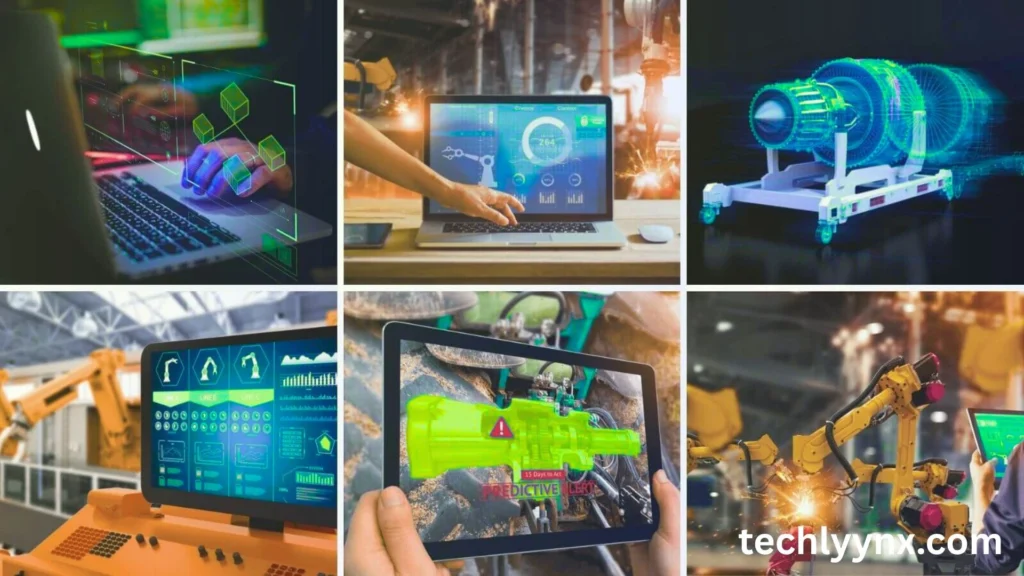
Manufacturing facilities frequently run around the clock, and even a brief interruption can result in large losses. Digital twins excel in this situation.
Consider Siemens. The business models entire production lines using digital twins. Each robotic arm, conveyor belt, and motor has a digital duplicate. Sensors supply data to these virtual models, allowing engineers to predict when a machine might break down.
Manufacturers can save time, money, and resources by scheduling maintenance in front of problems rather than responding to them after they occur. This predictive maintenance strategy also prolongs the life of equipment and enhances overall efficiency.
In Healthcare As Personalized Medicine
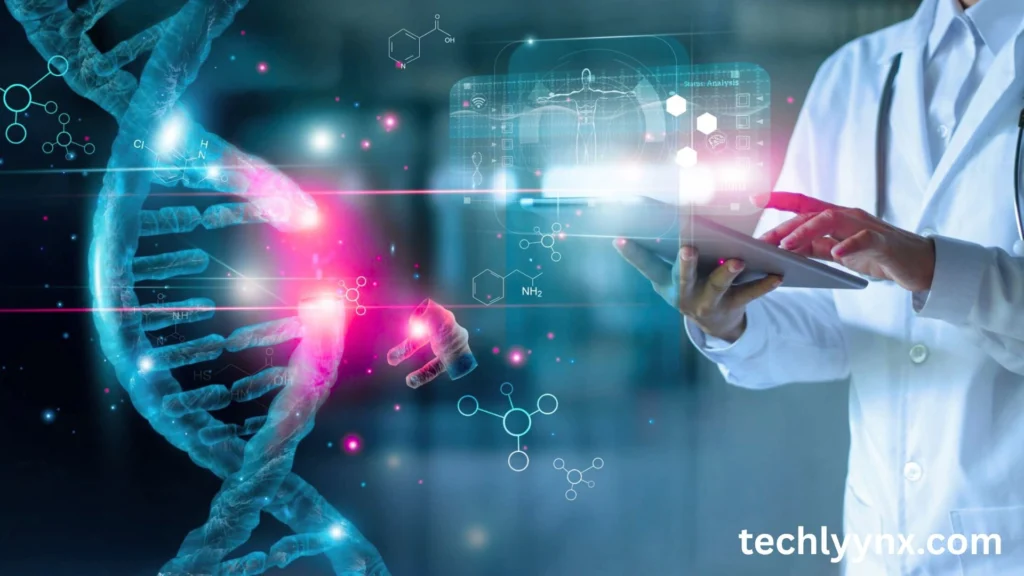
Digital twins are also having a significant impact in the healthcare industry. To mimic how a particular patient might react to a procedure or treatment, researchers are creating digital models of human organs like the heart or lungs.
For instance, MRI images and other medical information can be used to build a digital twin of a patient’s heart. Doctors can then conduct simulations to determine how different medications or procedures would effect the patient, personalizing therapies to their particular needs.
Risks are decreased, recovery rates are increased, and a large portion of the trial-and-error that conventional treatments frequently entail is eliminated with this type of tailored therapy.
Automotive Industry
Autonomous and electric vehicles are becoming commonplace, and the automotive industry is changing at breakneck speed. Digital twins are being used by companies such as Tesla and BMW to evaluate safety features, vehicle designs, and even algorithms for self-driving cars.
Engineers can model crash tests, battery performance in severe weather, and the vehicle’s response to different road conditions by building a digital duplicate of an automobile. This lowers the cost of physical prototypes and drastically cuts down on the development period.
To improve car performance and safety, Tesla, for instance, continuously gathers driving data from its fleet and feeds it into digital twin models.
Smart Cities
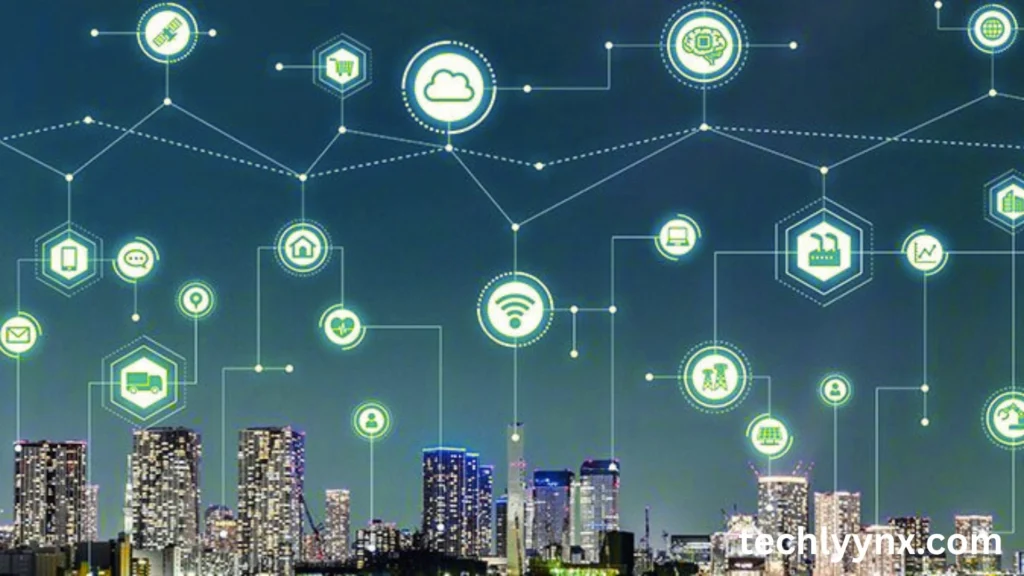
In the process of making cities smarter, digital twins are becoming increasingly important. One excellent example is Singapore, which has created a full 3D digital twin of the city.
This virtual model is used for urban planning, traffic management, disaster preparedness, and environmental monitoring. For example, officials can evaluate the effects of a flood on certain communities or the flow of traffic on a new highway.
While lowering the expenses and hazards associated with major infrastructure projects, this kind of planning guarantees that cities expand sustainably.
Digital Twin Examples in Energy
The renewable energy sector is also reaping the benefits of digital twins. Wind farm operators use them to monitor turbine performance and predict maintenance needs.
For example, General Electric (GE) uses digital twins of wind turbines to optimize their positioning and performance. Real-time weather data and turbine sensor information feed into the digital model, helping operators adjust blade angles or predict when repairs are needed.
This leads to improved energy output, reduced downtime, and lower maintenance costs—making renewable energy projects more economically viable.
Oil and Gas: Offshore Platform Safety
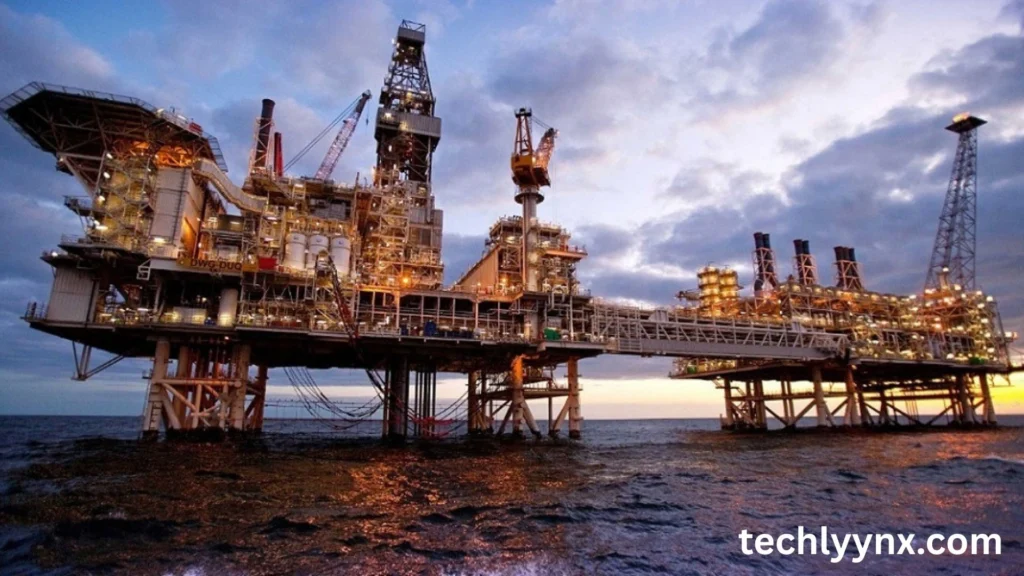
Operations for oil and gas are frequently conducted in hostile, isolated locations. A malfunction can be expensive and harmful. Digital twins are used by corporations such as BP and Shell to keep an eye on offshore drilling rigs.
The complete platform, including pipelines and pressure valves, is simulated by the digital twin. Engineers can identify irregularities and avert mishaps because to the continuous data it receives from sensors.
These models can also be utilized for training, allowing employees to rehearse emergency protocols in a safe virtual setting.
The Future of Digital Twins
While the above Digital Twin Examples highlight current real-world uses, the technology is still evolving rapidly. As artificial intelligence, the Internet of Things (IoT), and high-speed data processing become more advanced. Digital twins will grow even more powerful and widespread.
Soon, we could see digital twins being used for climate change modeling, precision agriculture, retail store design, and even in education to simulate real-world lab experiments.
The potential is nearly limitless, and the key benefits—cost savings, improved safety, better decision-making, and sustainability—make digital twins one of the most exciting technologies of our time.

